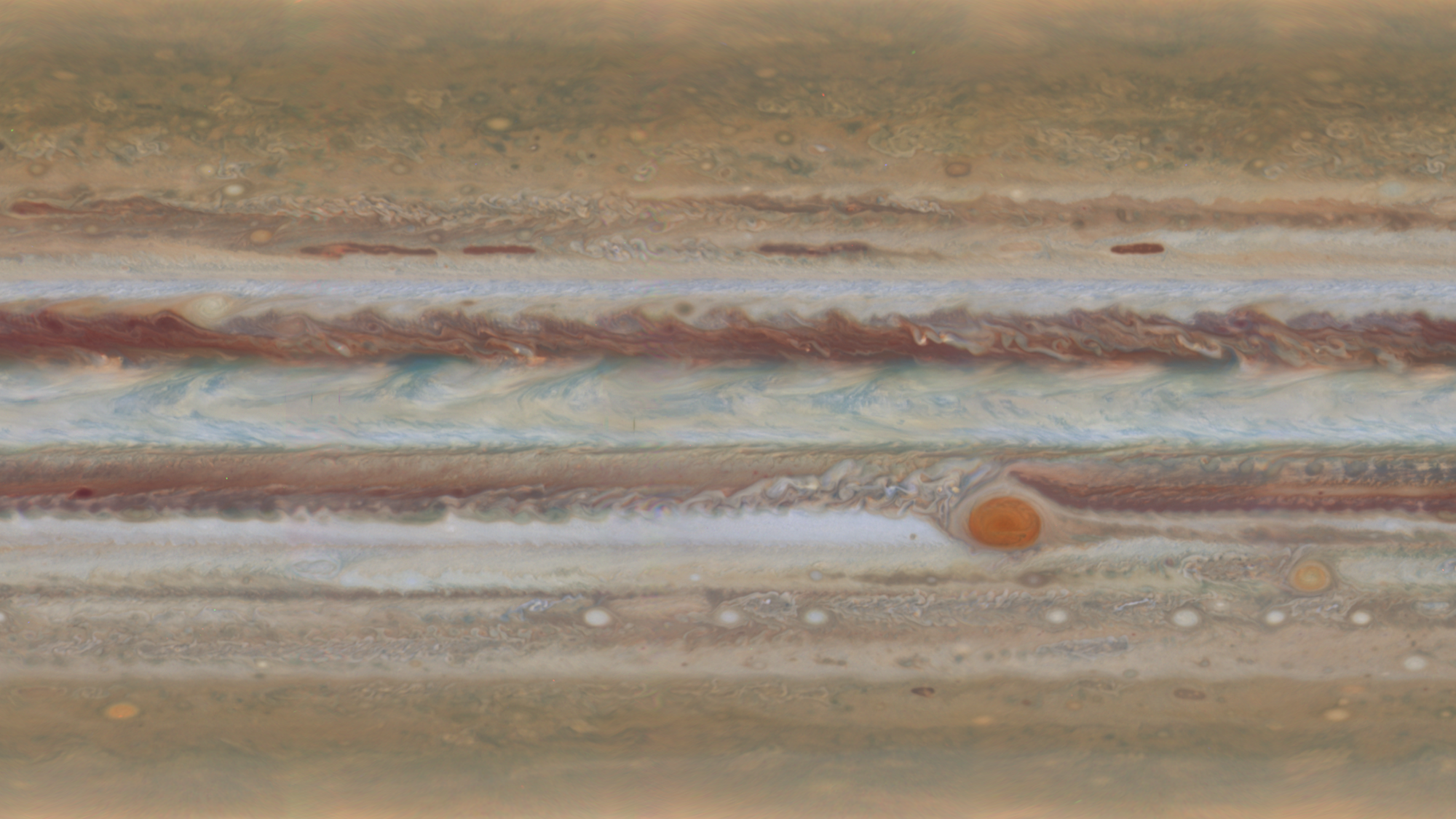MI weekly selection #569

Jupiter spot’s decline may be due to fewer small storms
Decreasing numbers of smaller storms that feed Jupiter’s Great Red Spot, the solar system’s largest windstorm, may be causing the spot to shrink, according to 3D simulations. Numerical simulations feeding the Great Red Spot a diet of smaller storms, as has been known to occur on Jupiter, its size can be modulated.
Full Story: Popular Science
AI tool may save lives by predicting rogue waves
An AI model is the first tool to predict dangerous rogue waves, which crest at up to twice the height of surrounding waves, as much as five minutes in advance. Researchers have used about 16 million data points from 172 ocean buoys to train the program, allowing it to accurately predict around 70% of rogue waves five minutes ahead of their formation.
Full Story: Science News
Protective honeybees slap ants away from nests
Asian, or Japanese, honeybees have added wing slaps to the known arsenal of protective measures they use to keep ants out of their nests, and videos show the bees accelerating, leaning back and twisting in a windup to slapping the ants hard enough to knock them into the air to the ground below the nest. Previous research reports the bees gathering into balls to kill intruders with body heat and building barriers from animal feces.
Full Story: PhysOrg
Deoxygenation threatens Earth’s waters
Dissolved oxygen levels are dropping quickly in fresh and salt water across the globe, and the researchers behind the findings propose adding aquatic deoxygenation to the list of nine “planetary boundaries,” or domains that merit protection.Improving oxygen concentrations depends on addressing the root causes, including climate warming and runoff from developed landscapes.
Full Story: ScienceAlert
Butchered bones push back humans’ arrival in Americas
Evidence of butchery on fossils of armadillo ancestors adds to recent evidence that revises the arrival of humans in the Americas from 16,000 years ago to at least 20,000 years ago. Scientists cite bones of plated mammals called Glyptodonts found in present-day Argentina. Cut marks on the plated mammal’s body armor, pelvis and tail resemble known marks from stone tools and correspond with a butchering sequence known to glean meaty flesh.
Full Story: Live Science